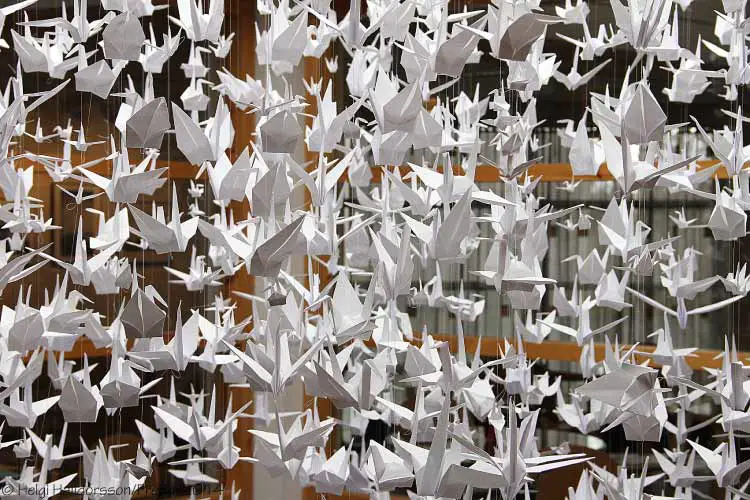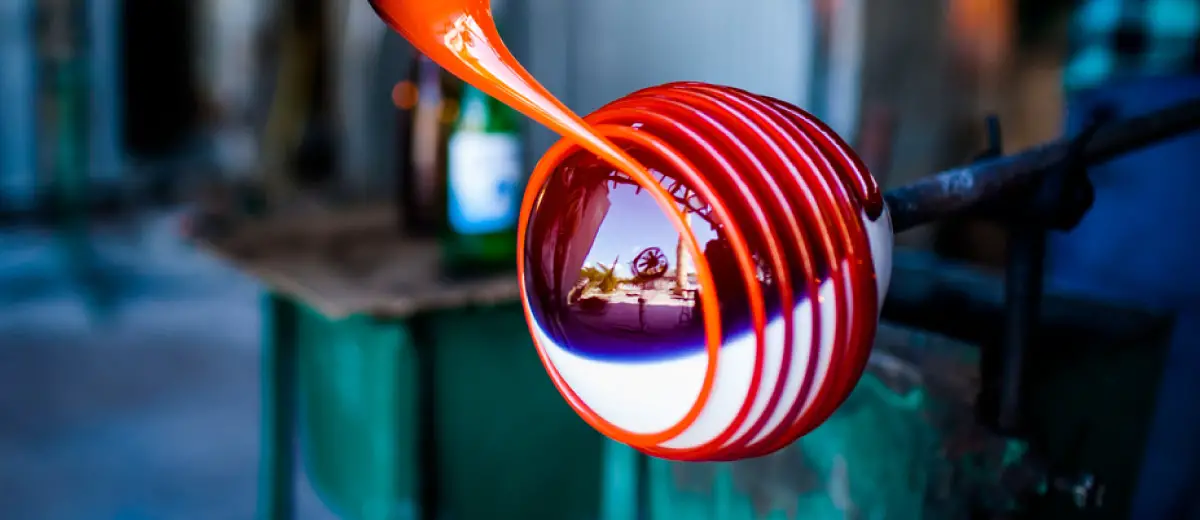Top 10 Artisans of The World
Across the world, artisans have been producing beautiful, practical and culturally significant crafts for many centuries. From the knife makers of Tibet to the luthiers of Madrid, here is a rundown of the top 10 artisans of the world.
Glass Blowers – Murano, Italy
Located just north of Venice is the island of Murano, one of the best places in the world to see the art of glass blowing. Although the island’s unique industry may have altered somewhat since its beginnings in the 8th Century (the art form originally developed in the Middle East around 300 BC), it remains a thriving industry.
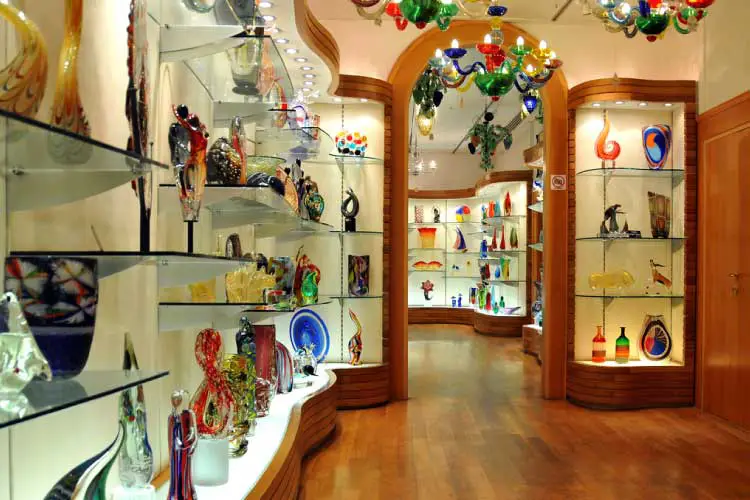
Using a hollow steel tube, the molten glass is pulled from the furnace and rolled into shape on a steel table, known as a marver. Blowing into the pipe, the warm air causes the glass to bubble, at which point it is reworked until the desired shape is achieved. Demonstrations given by Murano’s extraordinary craftspeople can be seen year-round.

Knife Makers – Tibet, China
Like many Artisans around the world, the 20th Century saw Tibetan knife makers struggle to maintain their trade. But, with support from the Chinese government and the artists’ continued perseverance, Tibet’s knife makers are clinging on. Following the teachings of their forefathers, workers kraft a variety of materials; copper is often used for the blade, whilst the horns of bulls and antelopes, along with wood and metal are used for the handles.
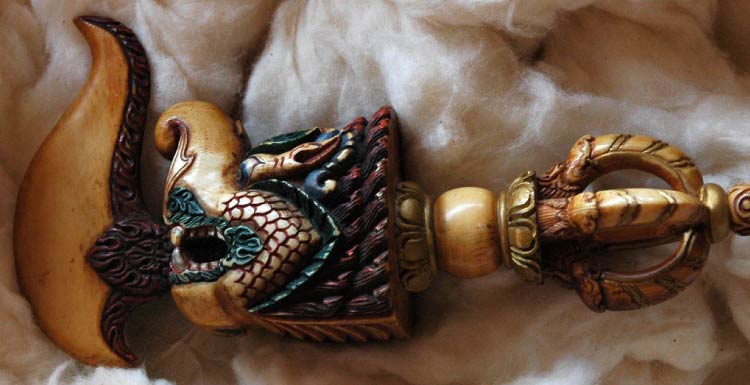
Protecting anyone naive enough to stoke the razor-sharp blades with their fingertips, knives are never without their sheaths. Made from animal hides, wood and horn, the coverings not only provide protection but allow the artists the opportunity to showcase the splendour of their work.
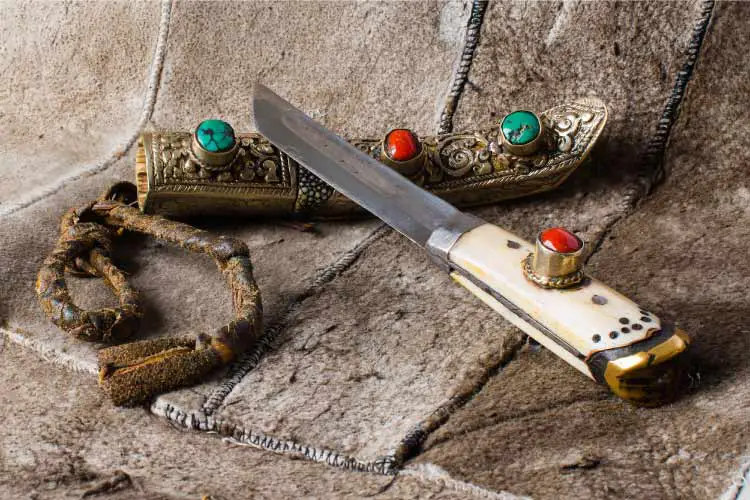
Leather Tanners – Fes, Morocco
Continuing a craft that hasn’t changed since the 11th Century, Morocco’s leather tanners provide a lasting example of how arts of the past can be maintained in an ever modernising world. Amidst the low-lying buildings of the Moroccan city of Fez, you’d struggle not to be moved by the colour, and indeed odour, of the city’s most famous tannery, Chouara. Set out like a giant sheet of honeycomb, the large stone vessels built through the square are filled with scores of colourful liquids, some, such as the cow urine vat, less pleasant than others.
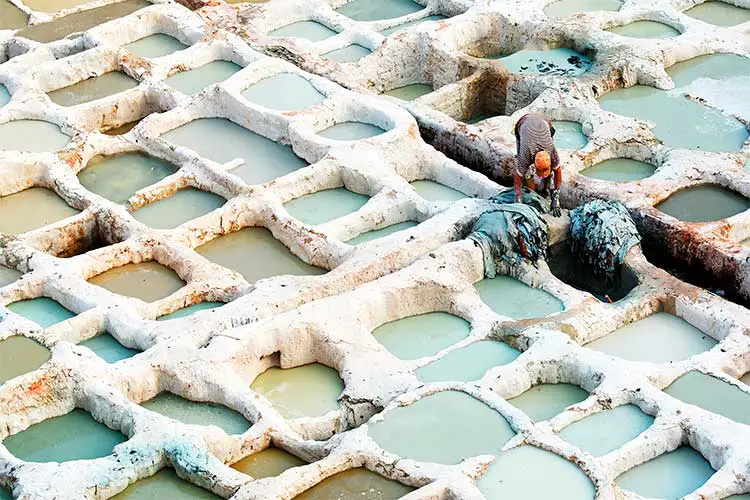
And, wading thigh-deep through the liquids are the Artisans. First treated and then stained in natural dyes – such as saffron, henna and cedarwood – the final stage of the process sees the skins thrown onto the surrounding roofs where they are left to dry in the heat of the North Africa sun.
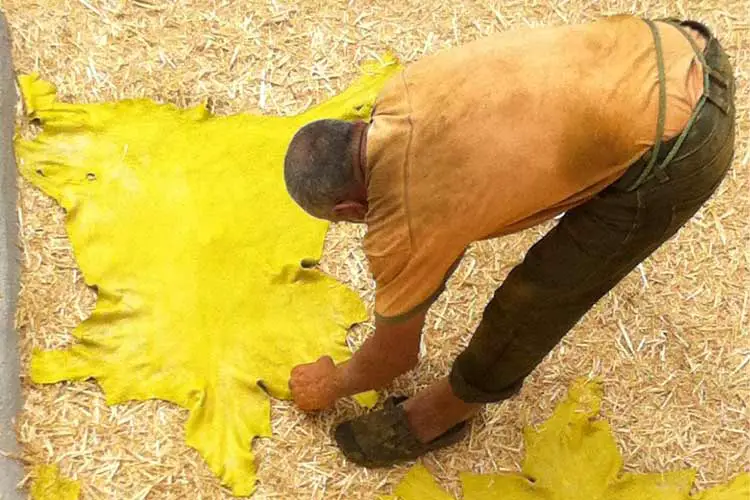
Ikebana Flower Arrangers – Japan
Ikebana is a Japanese art form that brings together both nature and humanity. For most, flower arrangement involves the placement of various different blooms, cut at their stems, into a vase. However, in Ikebana – which translates literally to ‘flowers kept alive’ – the welfare of the living plant is as integral as the beauty of the final composition. Abiding by a number of rules – materials must be living, colours and shapes pleasing to the eye and, moreover, the displays must have meaning – the artists remain silent during their work, allowing them to enhance their appreciation for nature.
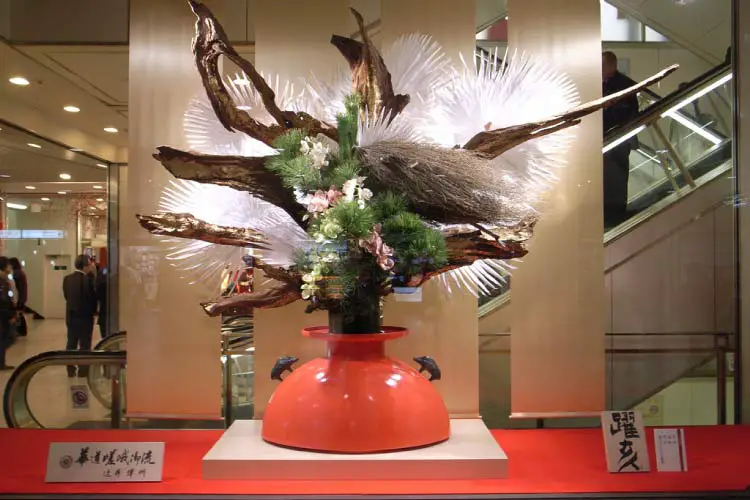
Differing from the artisans of many other countries around the world, Ikebana is far from a dying practice; it is taught widely in schools in Japan and is televised regularly for those keen to appreciate it beauty from home.
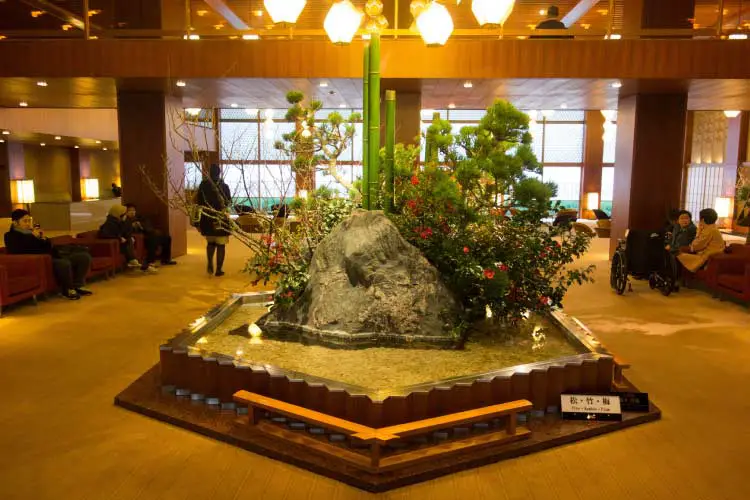
Flamenco Guitar Luthiers – Madrid, Spain
The beauty of the song that resonates from the strings and body of a flamenco guitar is matched by the artisan behind it. Traditionally made from rosewood, sycamore, cypress and spruce, a flamenco guitar is the result of centuries of fine-tuning if you’ll excuse the pun!
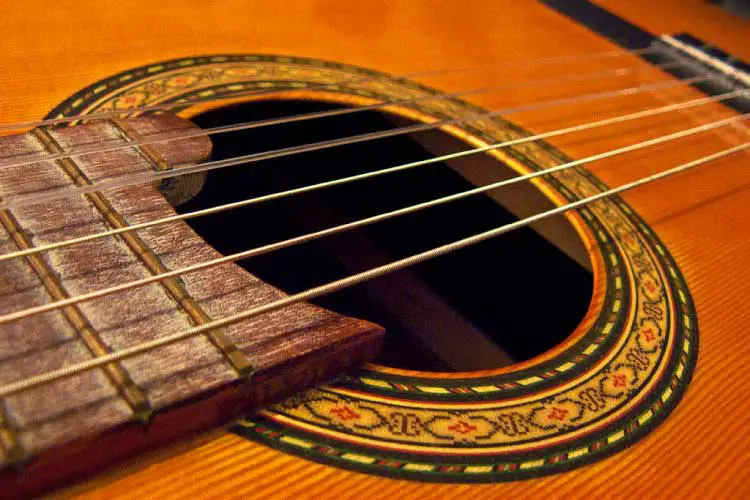
From using the right wood and polishing the fretboard to bending the ribs of the inner body, a visit to one of the many guitar making workshops in Madrid, Spain is a great way to see the luthiers at work.
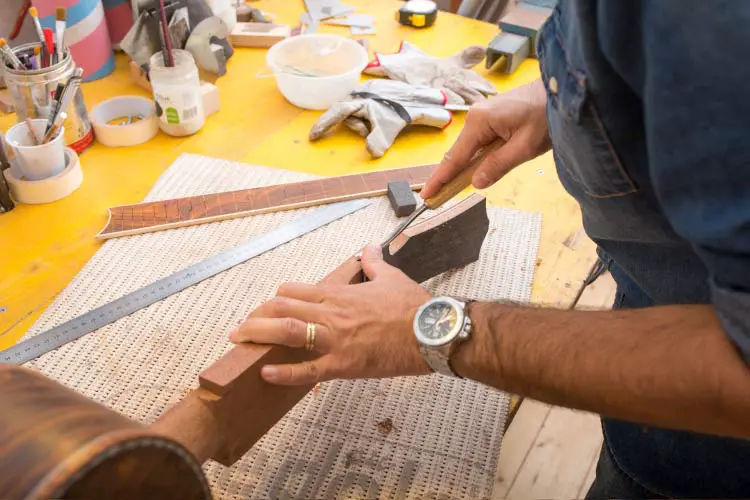
Calligraphers – Pakistan
Calligraphy is the art of designing and producing decorative letting with a pen or brush. The origins of calligraphy, much like many crafts, are difficult to identify, for it was a practice that grew from many corners of the globe, from Europe to East Asia and the Islamic world to the Mayans. Although the art has evolved since its beginnings, it still remains as an important trade in many countries.
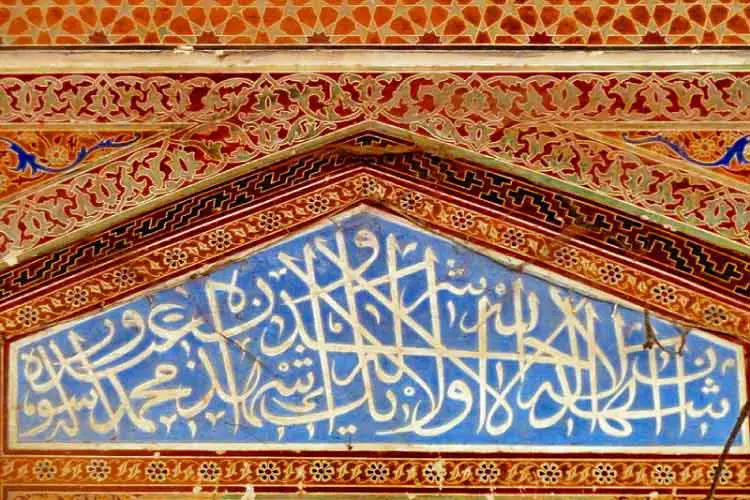
One of the world’s most renowned calligraphers is Khurshid Gohar Galam, from Pakistan. Khurshid Gohar’s work, which includes almost 500 different calligraphic styles, is widespread throughout the Islamic Republic of Pakistan, adorning mosques, tombs and many other important buildings.
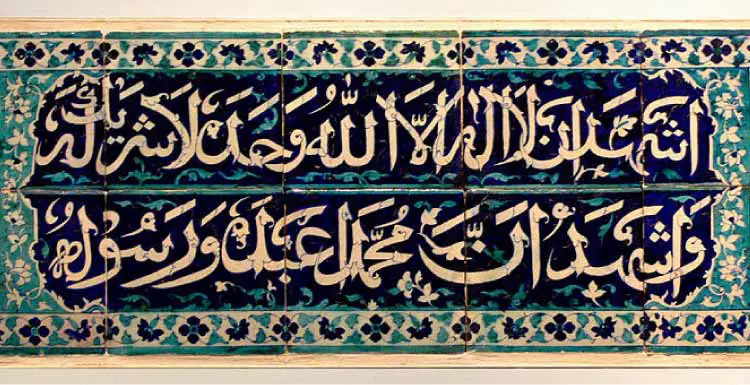
Rug Makers – Turkey
For centuries, the Turks have been knotting rugs. With variations in climate, society, history and the economy, materials for the craft vary from place to place, from cotton to wool and viscose to silk, the finest of the four threads. Raised on farms in Turkey, the silkworm cocoons are harvested and then soaked in steaming water.
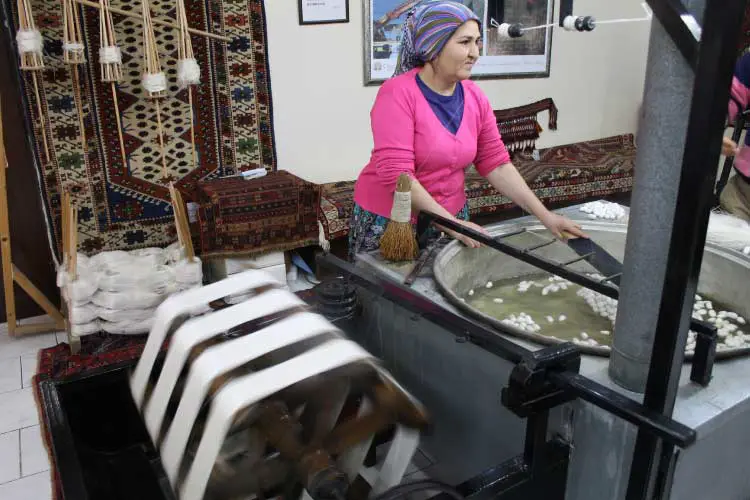
Teasing the strands from the cocoons, workers spin the silk onto large wooden wheels, after which it is twisted and then coloured with natural dyes. Unlike many other countries, Turkish rugs are double-knotted, giving them strength and durability. The patterns and symbolism of the rugs are often extremely intricate, making their work all the more impressive.
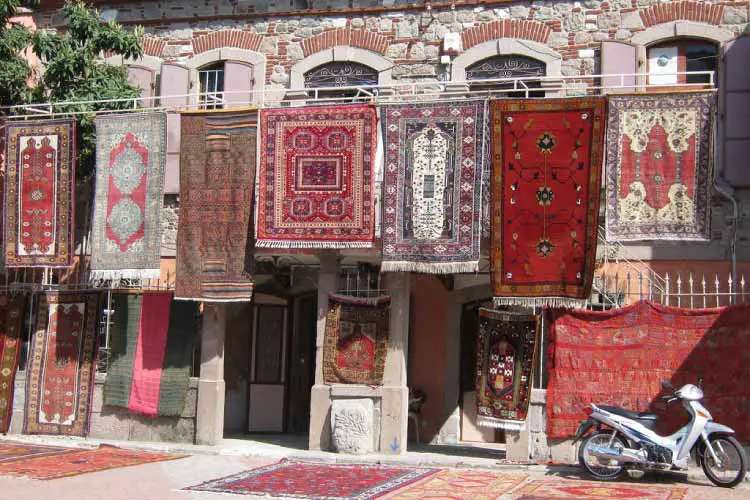
Jade Lapidaries – Hokitika, New Zealand
Long before the Europeans (or, pākehā) landed, the native Māoris had been fossicking in the river beds of New Zealand’s South Island for jade, known to the Māoris as pounamu. Intricately carving the stone into decorative forms, the treasures were passed down through the generations, each with its own meaning and increasing cultural value.
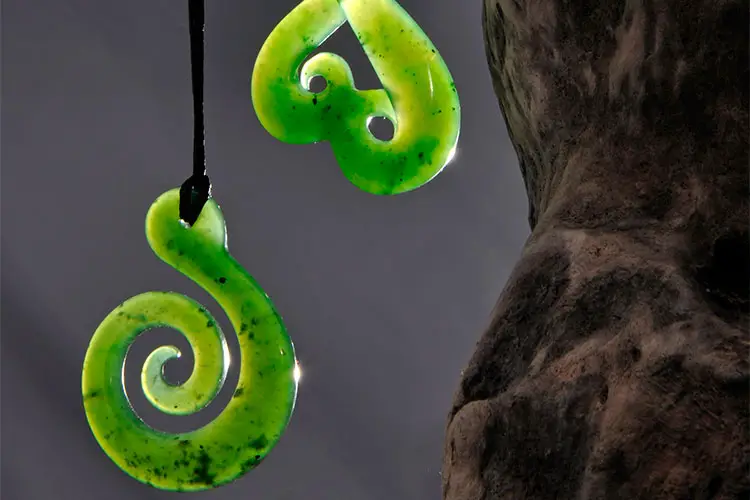
When the Dutch and the British arrived, they too established a love for the greenstone, though undoubtedly for different reasons, valuing its strength, durability and beauty. Hokitika, on the west coast of the South Island, was, and still remains, the best place to discover the jade, where demonstrations and workshops now allow you to view and learn about the carvings from the artisan masters.
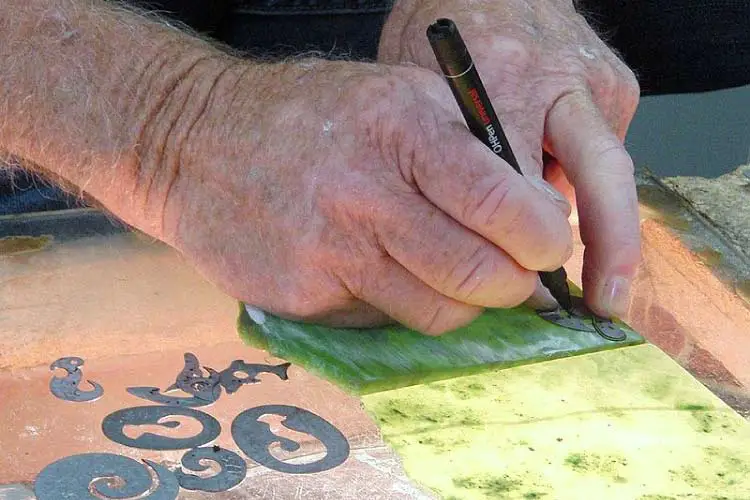
Azulejo Tile makers – Lisbon, Portugal
Dug up in Southern China, archaeologists determined that the oldest fragments of pottery dated back some 20,000 years. With such a vast timeframe in which to evolve, it’s no wonder the world is now steeped with a deep history of ceramic production. One such example is that of the Portuguese Azulejo – delicate, glazed tiles, with such an extensive past that they now embed much of the architecture and decor throughout the country.
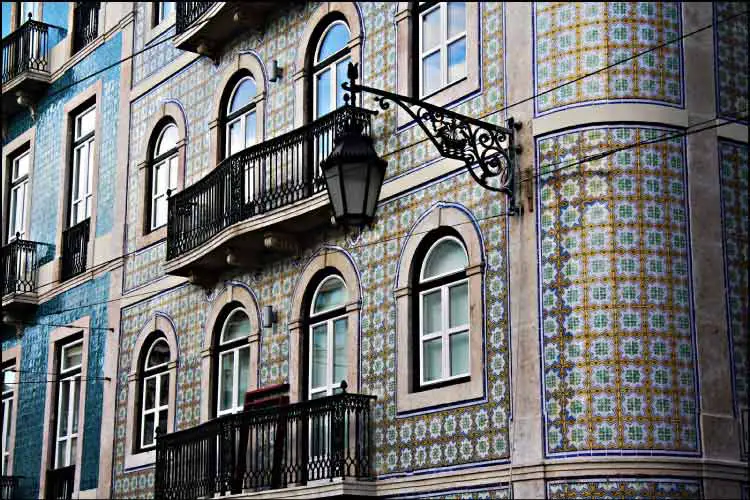
Uniting the tradition of the Azulejos with today’s modern structures, cities such as Lisbon provide a great opportunity to see the work of present-day tile makers.
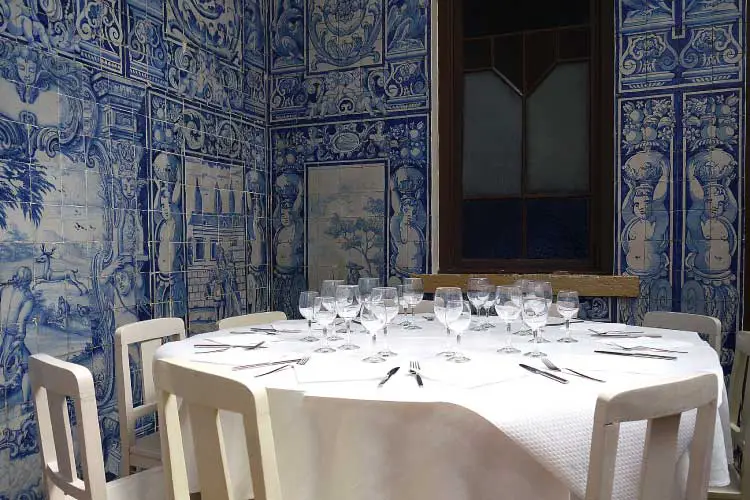
Origami – Japan
Paper folding has been an art form long practice by many civilizations around the world, from Europe to Asia. Perhaps the most famous of these is the craft of origami in Japan.
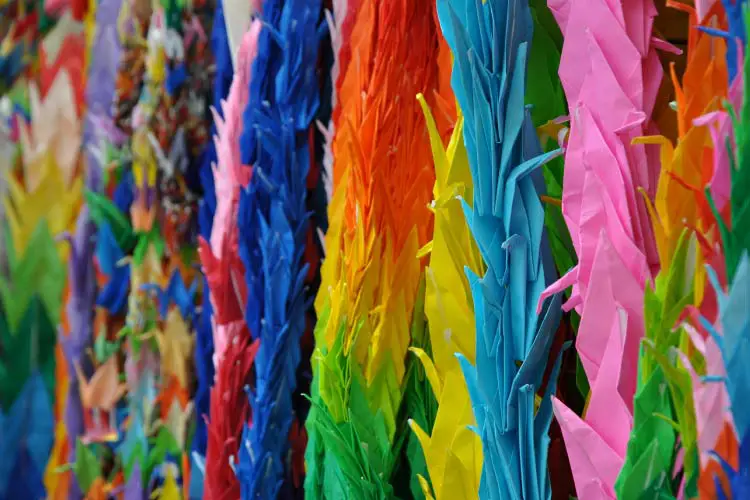
Comprising the arts, science and mathematics, this longstanding tradition, still practised today, held value in many areas of the Japanese society – from the iconic paper crane, worn as a fashion piece, to the representation of a goldstone, burnt during a funeral.
